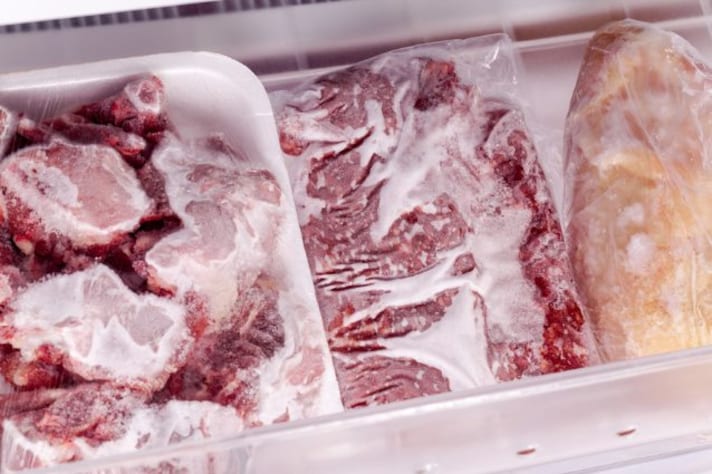
As we celebrate National Frozen Food Day, it's an opportune moment to reflect on the best practices for handling frozen foods, particularly the widely debated topic of refreezing thawed food. While frozen foods offer convenience and longevity, improper handling can lead to safety concerns and diminished quality. Understanding when and why you should avoid refreezing food that has thawed at room temperature is crucial for health and safety.

Why You Should Never Refreeze Thawed Food
The primary concern with refreezing food that has thawed at room temperature lies in the risk of bacterial growth. Foods thawed outside of the refrigerator enter what is known as the "danger zone" — temperatures between 40°F and 140°F (4°C and 60°C) — where bacteria can multiply rapidly. Even if the food is refrozen, the bacteria present won't be killed, merely halted. Once the food is thawed again, these bacteria can resume growing, increasing the risk of foodborne illness upon consumption.

Refreezing can also compromise the quality of food. The process of freezing, thawing, and then refreezing causes ice crystals to form and break down the cell structure of food, leading to moisture loss and a mushy texture. This is especially true for delicate items like fruits, vegetables, and seafood, which can become unappetizing and lose their nutritional value.
When Is It Safe to Refreeze Food?
There are, however, circumstances under which refreezing food is considered safe. Food that has been thawed in the refrigerator can generally be safely refrozen, though there may still be a loss of quality. The refrigerator provides a controlled environment that slows bacterial growth, keeping food out of the danger zone. It's important to refreeze the food within 48 hours of thawing to minimize any quality degradation or bacterial growth.

Cooked foods that were previously frozen and then thawed in the refrigerator can also be refrozen, provided they were handled properly and not left at room temperature for extended periods. Additionally, if you thawed food with the intention of cooking it but changed your plans, you can safely refreeze it after it's been cooked.
;Resize,width=767;)
